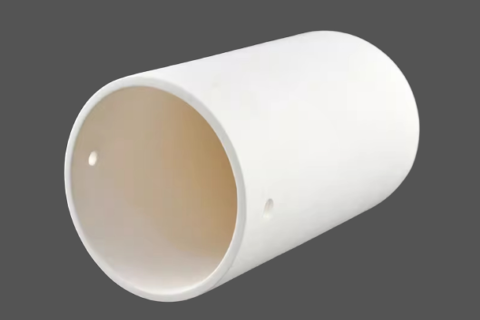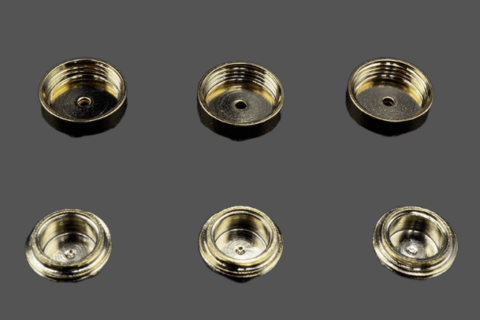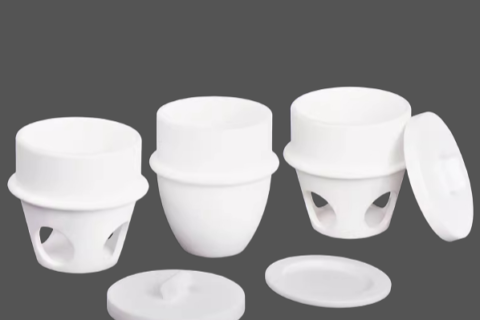What is Thermal Analysis and Its Common Methods?


Thermal analysis is a technique that explores how a material’s thermodynamic and physical properties change with temperature. It involves analyzing the physicochemical changes of a sample as temperature varies. According to the International Council for Thermal Analysis (ICTA), there are 17 types of thermal analysis methods, with five commonly used: Differential Scanning Calorimetry (DSC), Thermogravimetry (TG), Differential Thermal Analysis (DTA), Thermomechanical Analysis (TMA), and Dynamic Thermomechanical Analysis (DMA).
Key Methods:
- Thermogravimetric Analysis (TG): Measures the change in mass of a sample as temperature changes, ideal for assessing adsorption, desorption, and decomposition, such as evaluating carbon buildup in industrial catalysts.
- Differential Thermal Analysis (DTA): Records the temperature difference between a sample and a reference material, helping identify melting points and phase transitions through heat absorption or release.
- Differential Scanning Calorimetry (DSC): Measures the energy difference between a sample and a reference, providing insights into heat flow and enthalpy changes, making it a more sensitive and quantitative tool than DTA.
Importance of Thermal Analysis
Thermal analysis enables rapid and accurate assessments of material transformations, aiding in product development, quality control, and process optimization across various industries.
At CeramXpert, we specialize in analytical instruments and provide essential consumables and services for metallurgy, automotive, energy, geology, and more. Explore the power of thermal analysis with us!
#ThermalAnalysis #DSC #TG #DTA #MaterialsScience #AnalyticalChemistry #CeramXpert #QualityControl #ProductDevelopment #Thermogravimetry #DifferentialScanningCalorimetry




